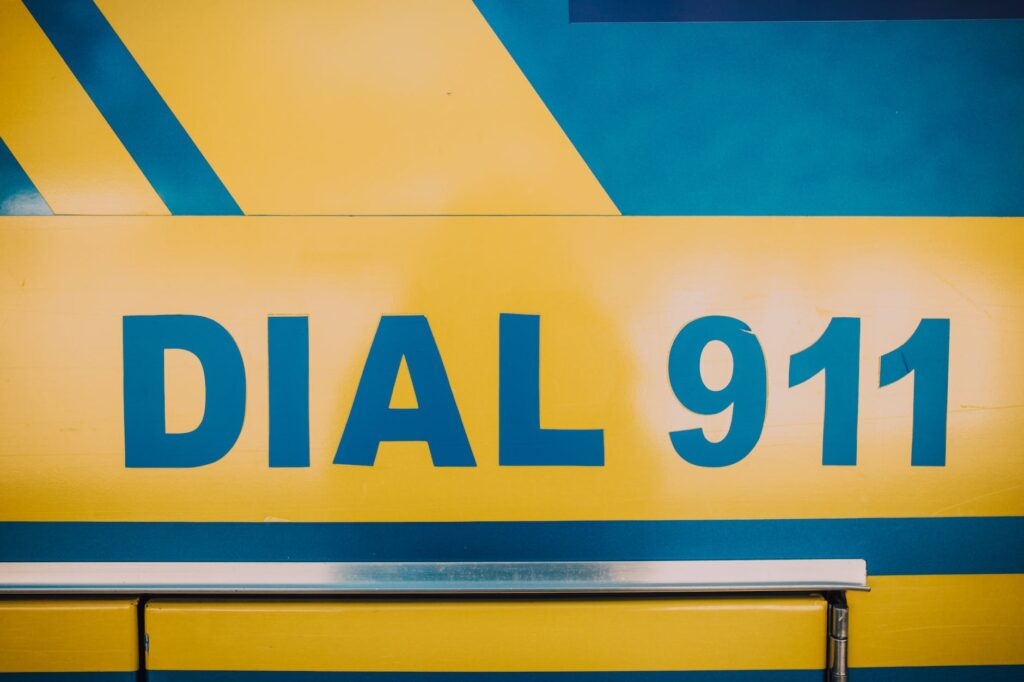
Introduction
Medical emergencies require swift and efficient response to ensure the best possible outcomes for patients. In the field of emergency medicine, professionals rely on a range of essential tools and techniques to navigate these critical situations with precision and effectiveness. In this blog, Dr. Michael Hilton will explore key tools that play a crucial role in responding to medical emergencies, enabling rapid and well-informed decision-making for better patient care.
1: Advanced Life Support (ALS) Algorithms: Guiding Critical Interventions
ALS algorithms serve as a fundamental tool in emergency medicine, providing a structured approach to managing life-threatening conditions. These evidence-based guidelines outline step-by-step procedures for cardiopulmonary resuscitation (CPR), defibrillation, airway management, and administration of medications during cardiac arrest or other critical events. ALS algorithms offer a standardized framework that enables healthcare providers to make quick and accurate decisions, ensuring prompt interventions and optimizing patient outcomes.
2: Emergency Medical Kits: Equipping for Immediate Response
Emergency medical kits are essential resources that contain a variety of medical supplies and equipment needed for immediate response in critical situations. These kits typically include items such as airway management devices, intravenous access materials, cardiac monitoring tools, medications, and trauma supplies. Equipping healthcare providers with readily accessible emergency medical kits ensures they have the necessary tools at hand to initiate life-saving interventions without delay, improving the chances of positive patient outcomes.
3: Rapid Diagnostic Testing: Swift Identification of Critical Conditions
Rapid diagnostic testing plays a vital role in medical emergencies by enabling healthcare professionals to quickly identify and assess critical conditions. These tests provide rapid results for conditions such as heart attacks, strokes, sepsis, and various infections. By swiftly diagnosing these conditions at the point of care, healthcare providers can initiate appropriate treatments promptly, potentially preventing further complications and saving lives.
4: Portable Defibrillators: Timely Intervention for Cardiac Arrest
Portable defibrillators, such as automated external defibrillators (AEDs), are essential tools in responding to cardiac arrest. These devices deliver electric shocks to restore normal heart rhythm, providing immediate intervention to patients experiencing life-threatening arrhythmias. With their user-friendly interface and automated analysis capabilities, AEDs enable bystanders and healthcare professionals alike to quickly initiate defibrillation, improving survival rates in cases of cardiac arrest.
5: Communication and Coordination Systems: Seamless Collaboration in Emergencies
Effective communication and coordination are critical in medical emergencies, particularly in complex and time-sensitive situations. Advanced communication systems, such as two-way radios, smartphones, and dedicated emergency response networks, facilitate seamless collaboration between emergency medical services, hospital staff, and other healthcare providers. These systems ensure timely exchange of information, streamlined resource allocation, and efficient coordination of care, enabling a cohesive response and optimal patient outcomes.
Conclusion
In medical emergencies, having the right tools at hand is essential for rapid response and successful patient outcomes. ALS algorithms provide a structured approach to guide critical interventions, while emergency medical kits equip healthcare providers with necessary supplies. Rapid diagnostic testing enables swift identification of critical conditions, portable defibrillators offer timely intervention for cardiac arrest, and communication and coordination systems facilitate seamless collaboration. By harnessing these essential tools, healthcare professionals in emergency medicine can navigate challenging situations with precision, ensuring the best possible care for patients in their most critical moments.